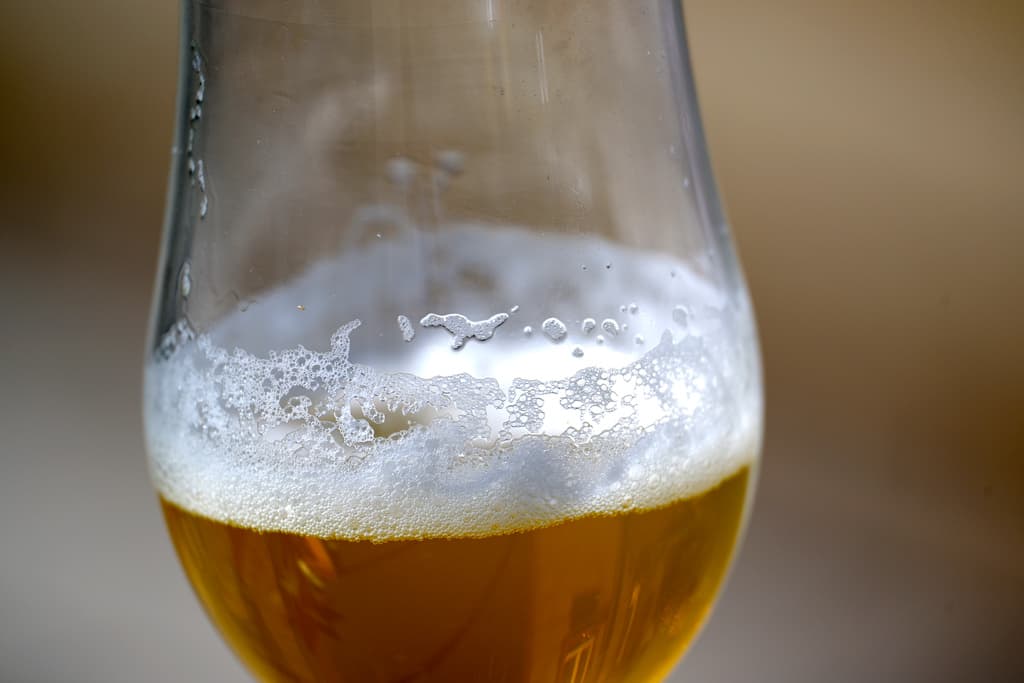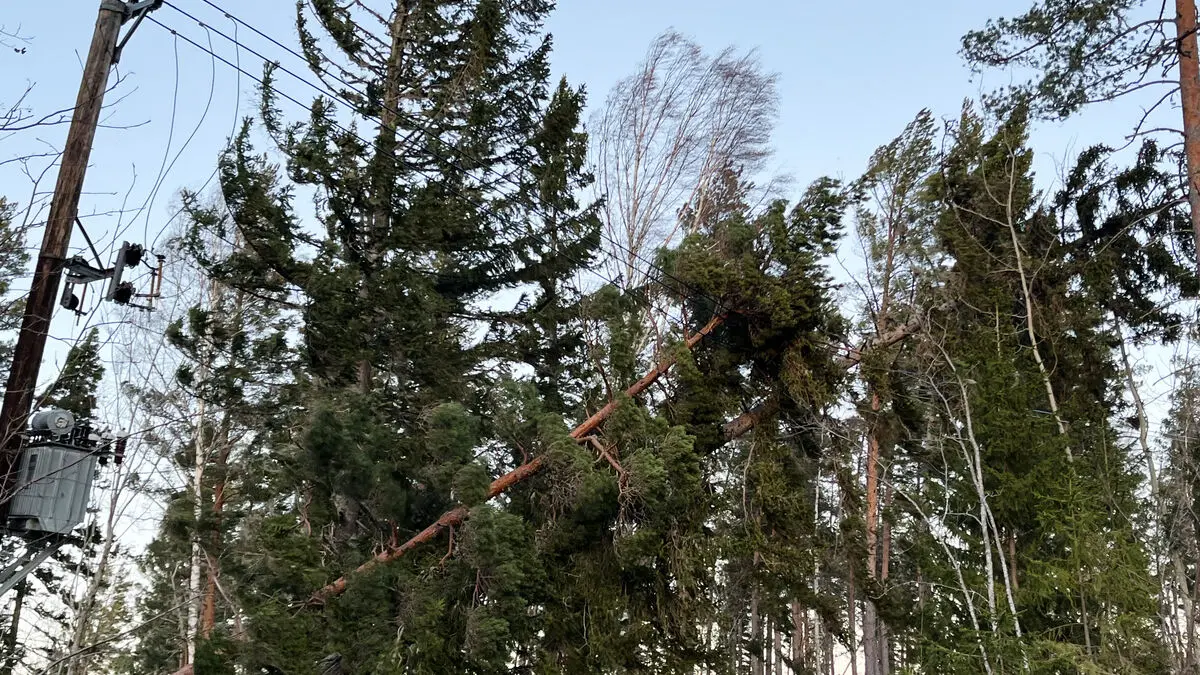Do you think that all lagers taste roughly the same? It may have its explanation. The yeast used to brew lager beer comes from the same approximately 500-year-old yeast strain, which makes the yeast variants genetically very similar.
Now, researchers at Stockholm University and Universidad de Santiago in Chile have crossed a wild yeast, which grows on the bark of trees in the forests of Chilean Patagonia, with a commercial ale yeast strain and produced a new hybrid.
The hybrid gave rise to new "aromatic profiles", write the researchers in Plos Genetics, the scientific journal where the finding is presented. The taste is described as more herbaceous or spicy.
The new yeast also produced higher alcohol production and faster fermentation. This is partly due to the fact that it can consume the sugar in the wort, which is formed during the brewing process, more efficiently than previous varieties.
More may be found among the forest's yeast fungi, believe the researchers.
"There are many wild-growing yeast fungi in the forests of Patagonia and elsewhere in the world that could be useful for industry, but their potential has not yet been discovered", says Rike Stelkens, associate professor of microbiology at Stockholm University, in a press release.





